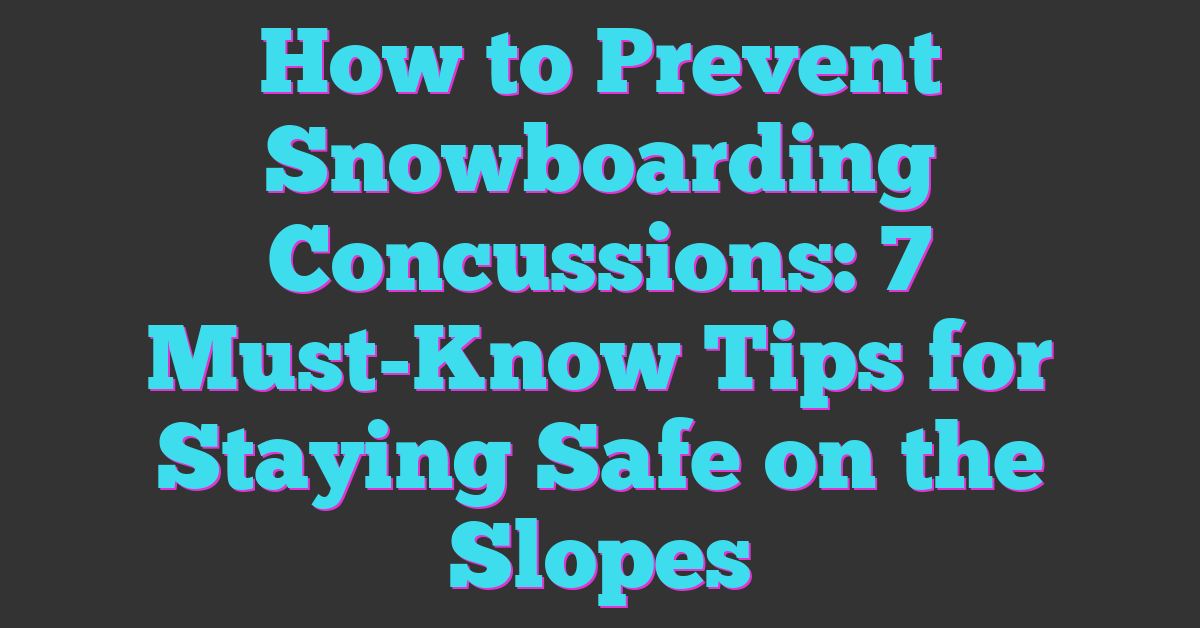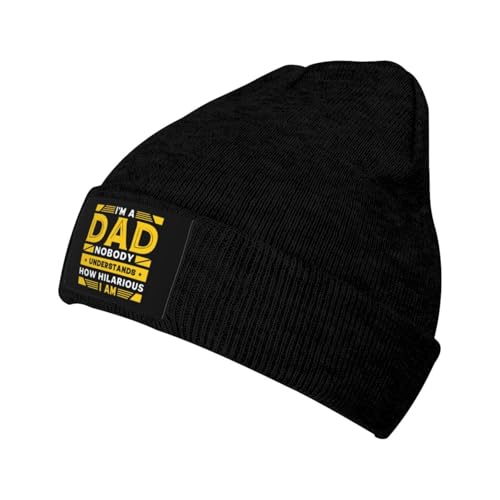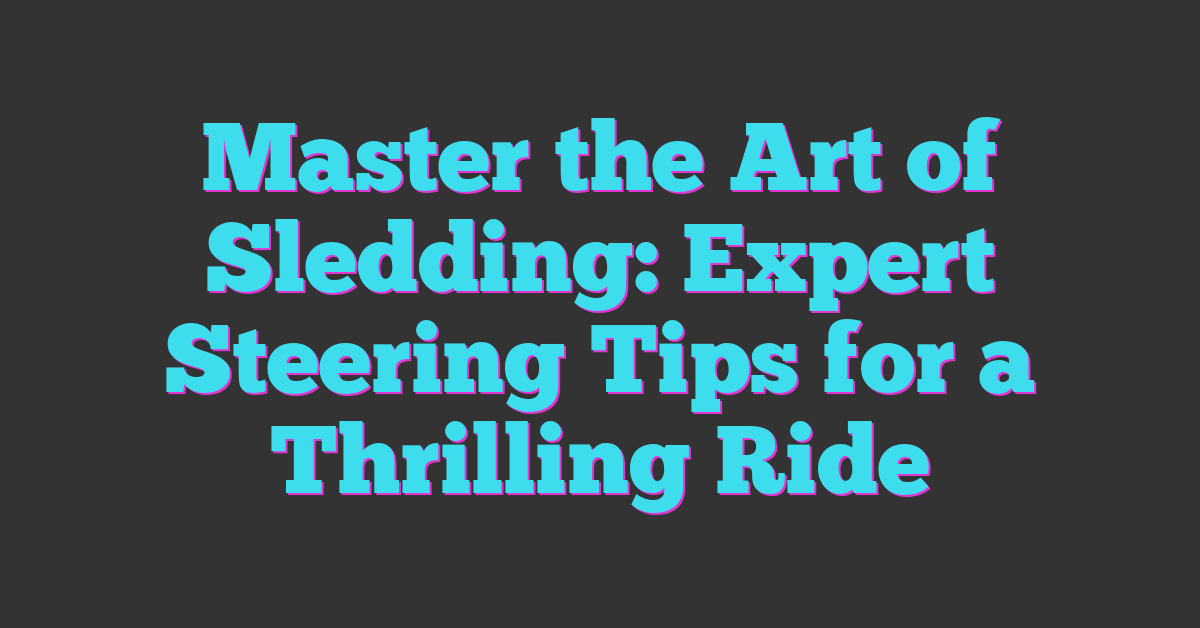Snowboarding is an exhilarating way to enjoy the winter, but it comes with its risks—especially when it comes to head injuries. Concussions can happen to anyone on the slopes, even if you’re an experienced rider. The good news is you can take simple steps to protect yourself and keep your adventures safe.

By understanding the basics of concussion prevention you’ll be better prepared to avoid serious injuries. From choosing the right gear to practicing smart techniques, small changes can make a big difference in your safety. Let’s dive into how you can stay protected and keep shredding without worry.
Understanding Snowboarding Concussions
Knowing what concussions are and how they happen on the slopes helps you stay aware and protect yourself better.
What Is a Concussion?
A concussion is a type of traumatic brain injury caused by a sudden impact or jolt to your head or body. It disrupts how your brain functions temporarily, affecting your memory, balance, and coordination. Symptoms like dizziness, headache, or confusion can appear immediately or hours later. Even mild hits can cause concussions, so recognizing the signs is key to preventing more serious damage.
Common Causes of Snowboarding Concussions
Falls are the main cause of concussions in snowboarding, especially when you land headfirst or hit hard surfaces like ice or rocks. Collisions with other riders or fixed objects, such as trees and lift poles, also pose serious risks. High speeds increase the force of impacts, making head injuries more likely during tricks, jumps, or fast runs. Knowing these dangers helps you stay alert and avoid risky situations on the mountain.
Essential Safety Gear for Prevention
Protecting your head and body starts with the right safety gear. You can reduce concussion risks significantly by using equipment designed for impact protection and durability.
Choosing the Right Helmet
Select a helmet certified by standards such as ASTM F2040 or CE EN1077 to ensure reliable protection. Look for helmets that fit snugly without pressure points and have adjustable straps for stability. Opt for models featuring multi-impact foam liners and MIPS (Multi-directional Impact Protection System) technology, which reduces rotational forces during falls. Replace helmets every five years or immediately after a significant impact to maintain optimal safety.
Additional Protective Equipment
Use wrist guards, padded shorts, and back protectors to minimize injury risks beyond just head trauma. Wrist guards help prevent fractures during falls, while padded shorts protect your hips and tailbone. A spine protector can absorb shocks from hard impacts and reduce spinal injuries. Layering this gear under your snowboarding outfit doesn’t restrict movement when chosen correctly, keeping you agile and well-protected on every run.
Techniques to Reduce Risk on the Slopes
Mastering good techniques sharpens your skills and lowers the odds of concussions. Using proper form and staying alert to conditions keeps every run safer and more enjoyable.
Proper Snowboarding Form and Control
Maintaining correct posture starts with bending your knees slightly to absorb shocks. Keeping your weight centered over the board improves balance and control, reducing falls. Steering smoothly, not abruptly, helps you avoid losing control. Practicing controlled stops and turns allows you to react quickly to obstacles or other riders around you.
Recognizing and Avoiding Hazardous Conditions
Checking the weather and slope conditions before you ride helps you choose safer runs. Staying off icy or overly crowded trails prevents slips and collisions. Adjusting your speed to match visibility and snow quality keeps you in control. Watching for hidden obstacles like rocks, tree branches, or patches of wet snow lowers the risk of sudden impacts. Prioritizing safer routes over daring ones helps you protect your head and enjoy your time on the mountain.
Training and Conditioning to Prevent Injuries
You can boost your injury resistance by building strength and agility before hitting the slopes. Training and conditioning sharpen your body’s ability to handle impacts, keeping your head and whole body safer while snowboarding.
Physical Conditioning for Impact Resistance
Strengthening your core muscles enhances spinal support, which helps absorb shocks during falls. Prioritize exercises like planks, Russian twists, and leg raises to develop a solid midsection. Build leg strength with squats, lunges, and calf raises to improve your stability and control. Strong muscles reduce the force transferred to your head in a crash. Incorporate plyometric workouts such as jump squats and box jumps to train your muscles for sudden landings. Consistent conditioning increases your overall impact resistance, minimizing concussion risks during falls or collisions.
Balance and Coordination Exercises
Improving your balance sharpens your ability to react to unstable surfaces and unexpected shifts on your board. Use a balance board or Bosu ball to simulate snowboarding conditions and challenge your stability. Practice single-leg stands and dynamic movements like side lunges and agility ladder drills to enhance coordination between your limbs. Better balance and coordination reduce the likelihood of awkward falls that cause head injuries. Adding yoga or Pilates sessions promotes body awareness and control, which translate into smoother, safer rides on any terrain.
Importance of Awareness and Education
Understanding concussion risks and recognizing symptoms help you stay safe and enjoy snowboarding longer. Staying informed ensures you protect yourself and others on the slopes.
Knowing When to Stop and Seek Help
Recognizing concussion signs like dizziness, headache, confusion, or nausea means it’s time to stop immediately. Continuing to ride after a head injury increases the risk of more severe brain damage. Seeking medical attention quickly ensures proper diagnosis and care. Remember, feeling “fine” doesn’t always mean you’re okay; symptoms can appear hours or days later. Prioritizing your health makes your next run safer and more enjoyable.
Educating Snowboarders About Concussion Risks
Learning about concussion causes and prevention empowers you to make smarter decisions on the slopes. Understanding common risk factors such as high speeds, jumps, collisions, and icy conditions helps you adjust your style for safety. Sharing this knowledge with friends or fellow riders spreads awareness and encourages safer snowboarding culture. Staying updated on the latest safety equipment and techniques keeps you prepared and confident every season.
Conclusion
Snowboarding is an incredible way to enjoy the outdoors and challenge yourself, but keeping your head safe should always be a top priority. By staying aware, choosing the right gear, and practicing smart techniques, you can significantly reduce your risk of concussion.
Remember that your safety depends on a combination of preparation and mindfulness. Taking the time to train your body, understand the signs of injury, and respect the mountain conditions will help you ride confidently and protect your well-being.
Enjoy every run knowing you’ve done your best to stay safe and keep the fun going season after season.














